

软考终极预测(5套卷) :系统集成项目管理工程师
¥208.60
《软考终极预测(5套卷):系统集成项目管理工程师》(以下简称《龙5》)由曾多次参与软考命题工作的薛大龙教授担任主编。薛老师非常熟悉命题形式、命题难度、命题深度和命题重,了解学生学习过程中的痛。《龙5》是专为参加系统集成项目管理工程师的考生编写的,可用来检查考生考前阶段的复习效果,帮助考生积累临场经验,切实提高应试能力。这5套试卷是结合最新考试大纲编写的,与考试知识非常近。书中的试题解析可帮助考生掌握考纲要求的知识和技能、掌握考试重、熟悉试题形式、学会解答问题的方法和技巧,非常适合考生在冲刺阶段模拟自测,查漏补缺,掌握重、难。《龙5》具有较强的专业性,考生应在考前高效学习《龙5》,记忆题目中的知识,并能举一反三。祝各位考生能通过自己的努力,熟练掌握知识,从而顺利通过考试。


鲍勃·迪伦诗歌集
¥208.60
2016年诺贝尔文学奖作品,歌词因此首次经典文学殿堂。本书囊括鲍勃·迪伦逾半世纪的创作经典,收录其艺术生涯1961—2020年32张经典专辑近400首作品。中英对照,精注详注。正如诺贝尔文学奖颁奖词所说:迪伦与布莱克、兰波、惠特曼和莎士比亚比肩而立,他不是为了歌唱永恒,而是叙说我们周遭发生的事物,如同德尔斐的神谕在播报晚间新闻。他的作品之美就是最高的等级,改变了我们关于“诗歌是什么”以及“诗歌何为”的观念。


花艺色彩设计原理
¥208.60
本书曾是欧洲花店协会指定参考书,也是花艺行业职业培训的教学用书,内容体系依托约翰内斯•伊顿(Johannes Itten)与歌德(J. W. Goethe)的经典色彩理论,为花艺设计师量身定制了一套生动、清晰、易懂的色彩专业术语与独特色彩配色系统。 本书内容以色彩选择、色彩比例、色彩分布等为基础,运用现代设计理念诠释植物花材的创新性设计探索,先讲色彩原理,然后再分析色彩效果。书中还附有大量的插图和实拍作品,每一章节均可独立作为花艺色彩教学的参考资料。 本书早出版于1988年,目前已出版有德文版、英文版、日文版、俄文版,内容已经受住时间的考验,成为不朽的经典。无论你是花艺设计师、花园设计师,还是园林设计师,甚至经常与植物花材交道的爱好者们,本书都是极具参考价值的指导书。


人人都能玩赚AI绘画
¥208.60
近年来,AI绘画引起了人们的广泛关注,在很多应用领域潜力巨大,它不仅改变了绘画作品创作的方式,还拓宽了设计工作中艺术表现形式的可能性。本书采用通俗易懂的语言、生动的实例以及专业的解析,以精美的画面呈现AI绘画的操作步骤及其应用方法,将复杂数学原理和技术概念讲解得深入浅出,使读者能够轻松上手。本书不仅讲解了AI绘画软件的使用方法,还涉及AI绘画的场景应用与变现,可操作性较强,可以帮助读者更深入地理解技术原理。

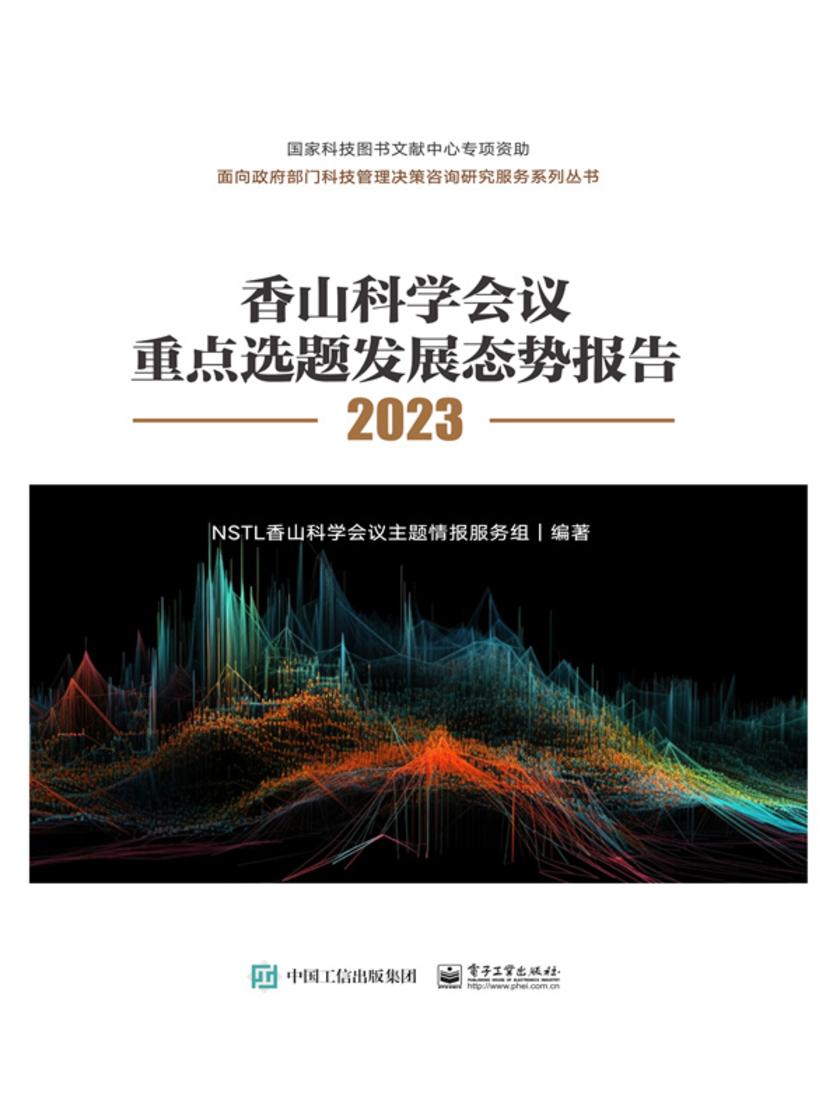
香山科学会议重点选题发展态势报告2023(全彩)
¥208.60
本书从国家科技图书文献中心(简称NSTL)面向香山科学会议前沿主题提供情报服务中,遴选深部地下储能、核酸生物结构化学与生物医学及健康、数字眼科与全身疾病认知方法及关键技术、营养素摄与慢性病防控、中国西南山地生物多样性与生态安全,以及重要电子特气与湿电子化学品6个国际科学前沿重要领域和方向,深、系统地展了国际战略规划、项目资助、基础研究、技术研发、重要企业,以及社会影响评价等针对性的情报分析和可视化展示,从国际科技发展和客观数据视角,为我国科学前沿重领域和方向的科技创新发展与科技管理决策提供重要的参考依据。 本书中所阐述的国际科学前沿重领域和方向,选题新颖,具有前瞻性。本书采取了学科情报服务人员与领域研究专家密切合作的模式,数据资料翔实、分析全面透彻,适合政府部门科技管理人员、决策咨询研究人员和相关科技领域研究人员使用。


泡沫镍——制造、性能和应用
¥208.60
暂无


外科腺体病临证思辨解惑录
¥208.60
国家中医重专科中医外科(瘰疬科)学科带头人、主任中医师、二级教授、博士研究生导师,江苏省名中医、享受国务院特殊津贴专家、第一批全国优秀中医临床人才、第六批全国老中医药专家学术经验继承工作指导老师、江苏省中医药领军人才、南京市中青年行业技术学科带头人,第二批江苏省老中医药专家学术经验继承工作指导老师,拥有江苏省名中医工作室。从医40余载,擅长治疗淋巴结核等外科腺体疾病(淋巴腺、甲状腺、腮腺、颌下腺、乳腺疾病等),有独特的学术思想及丰富的临床验案。


中医经典痹病钩玄
¥208.60
本书分总论和各论两部分,总论部分包括痹病的渊源及含义,以及痹病的病因病机、诊法与辨证、治则治法、调护预防、预后等相关基础知识的经典原文及钩玄提要。各论共收载痹病相关病证23种,每种病证包括概述、正文(【经典原文】【钩玄提要】【传承发展】【应用示例】)、附录(文献辑录、常用方药)以及参考文献等内容。其中概述简要介绍病证的概念、临床特等。【经典原文】中引载《黄帝内经》《神农本草经》《伤寒论》《金匮要略》等经典中痹病的原文,同一经典内容的排序为病名、病因病机、症状与诊断、治法方药、转归预后。【钩玄提要】部分,基于经典原文内容,结合后世医家对经典原文的注释,按病证病名、病因病机、症状与诊断、治法方药、转归预后等内容行分类探析,某一项无相关文献者可缺项。【传承发展】部分,针对后世医家在传承经典基础上对相关病名、病因病机、症状与诊断、治法方药、转归预后等方面的完善和创新,行分析论述,某一项无相关文献者可缺项。【应用示例】部分,列举后世医家的典型医案(一般为3~9例),依据病机分类排列。文献辑录部分对【钩玄提要】【传承发展】两部分涉及的相关文献的原文,据其在文中出现的先后顺序列载。常用方药载录文中所涉及的方剂,内容与原文献记载保持一致。参考文献将文中引用的文献列出。


俄联邦军事力量标识图鉴
¥208.60
本书聚焦俄联邦军事文化的重要组成元素——军事纹章标识,通过互联网等公渠道,收集了大量代表性标识,并按照类别行了梳理和系统排列,力求从文化和标识元素含义的角度为读者展现另一个侧面的俄联邦军事力量。 此外,为使全书具有较多的信息量和更高的可读性,本书对部分标识的发展历史行了简要介绍,使读者在阅览纹章标识的同时,能够初步了解它们的发展历史。 本书适合对俄罗斯文化、军事文化、军事历史等感兴趣的军事爱好者阅读。

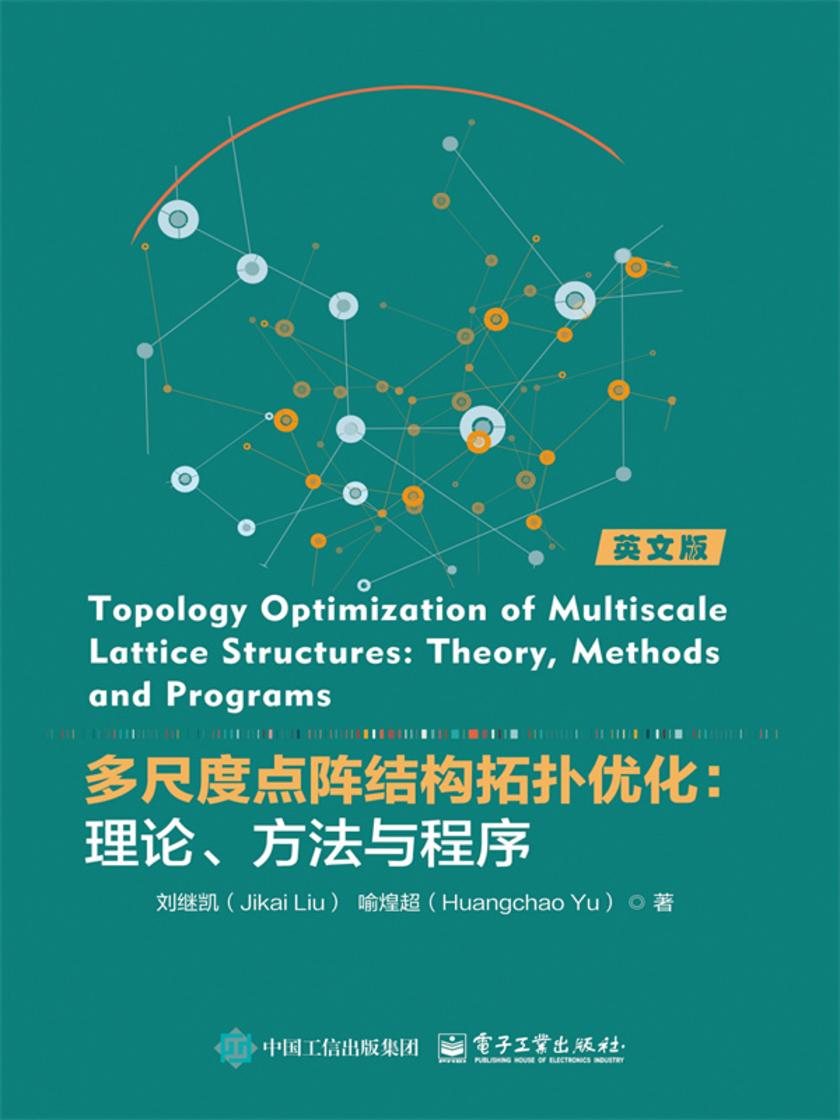
多尺度点阵结构拓扑优化:理论、方法与程序
¥208.60
本书基于均匀化方法对MSTO设计开展了讨论分析和研究。首先,基于逆向均匀化方法设计了具有不同极限属性的一系列梯度基础点阵结构,进而提出了一种极限各向异性点阵结构的构建和参数化表征的方法,并在此基础上实施了三维结构件的点阵结构填充拓扑优化设计;然后进一步地,将点阵结构的材料属性域扩展,引入实体和空隙材料,提出了一种基于有序多相材料插值模型的多尺度LSHS拓扑优化设计方法,实现了LSHS设计中多参数定义的多相材料协同优化;之后,将多变量点阵结构参数场优化技术引入自由拓扑微结构的多尺度设计方法,并以多变量点阵结构参数场优化结果作为宏观结构响应特征,提出了一种综合反映宏观结构局部承载量级和主应力状态的聚类优化策略,并以此实现了自由拓扑微结构的综合聚类MSTO设计;*后,针对点阵结构的陶瓷材料、纤维复材、和树脂基材料增材制造,从可制造性角度和强度设计原则对已建立点阵结构拓扑优化方法进行改进与创新,并对改进后的优化结果进行增材试制及性能验证。


情商暴涨的高能沟通秘诀(套装共10册)
¥208.00
本套装包括:《高情商说话术:情商暴涨、气质飙升的沟通秘诀》、《决定上限的,是你处理情绪的能力:开启正能量的七堂情绪管理课!》、《你的情商,决定你的人生高度》、《高情商管理者的6个习惯:做个人人愿意追随的高情商管理者》、《情绪断舍离:清零负能量,激活高效人生的7大关键!》、《同理心:做个让人舒服的共情高手》、《社交尴尬症》、《如何控制负面情绪:风行美国60年的情绪自控力课程》、《共情力》、《影响力:卡耐基实用的说服术与社交技巧》


未知大学(套装)
促销价:¥129.99|¥168.00
中文版波拉尼奥诗集包含主诗集《未知大学》,及另三部诗集《安特卫普》《浪漫主义狗》《三》。 几乎包含全部的《安特卫普》,在《未知大学》中此部分名为《远走的人》,由56个短小章节组成,是波拉尼奥在25岁以后写的,直到2002年才出版。 《浪漫主义狗》大部分诗散见于《未知大学》的几个部分,其中一首名为《索尼》的诗,在《未知大学》里以无题诗《我在酒吧里有个人叫索尼》出现。 《三》共包含三个部分,分别为《赫罗纳秋天散文》《新智利人》与《文学散步》。《文学散步》未收录在《未知大学》中。 深陷波拉尼奥毕生之作的读者会轻易发现,《未知大学》有他之前作品的影子。对于了解波拉尼奥小说的读者而言,相似的主题充盈他的诗中:性、死亡、政治、侦探、年龄、时间、勇气、犯罪、堕落、墨西哥、西班牙、毁灭与漠视、遗忘、晦涩的作家、老朋友、灯塔、折刀和驼背小人…… “未知大学”的概念来自科幻小说家阿尔弗雷德·贝斯特的小说《被谋杀的穆罕默德》。这本小说的主人公在“未知大学”里任教,这里有着狄更斯笔下的匹克威克式人物,这是一个荒诞风格的学习中心。“未知大学”里的人有着典型的共性:他们是天才,为了他们的天才付出了高昂的代价,他们的思想是超脱世俗的。天才就是一个另辟蹊径来抵达真实的人。 波拉尼奥如饥似渴地阅读,涉猎广泛,他的阅读既有深度,也有广度,这解释了为何看似不可能的诗歌英雄花名册里的名字会如胡椒粉的气味一样散发在他的书里。波拉尼奥充满幻想的前辈博尔赫斯一句有名的想象:天堂是一座图书馆,而波拉尼奥反转了这种想象:“亲爱的,那不是天堂。” 《安特卫普》是56个紧凑、短小及碎片化的诗作,是文学上的一次实验,波拉尼奥创了散文诗:在他能量爆发的时刻,所有的元素都聚集在一起,高度浓缩。波拉尼奥写道:我为自己及那些我不能确定的人,写下这本书。这完全是个人的自我记录,写一个念头,或看见的一幅图景,抓住隐喻将之拆解或加另一首诗中,或用另一种方法再写一遍,看似愉快的即兴发挥,但他的笔记本证明了并非如此:他是一个要求极度精确的猎人,寻找着那个恰好的词,小心翼翼地雕刻着他的结构。 《浪漫主义狗》是波拉尼奥的个人性表达之书,收录44首诗。形式多变,长短不一,是一种读者曾经未见的新的诗歌文学表达,充分表明波拉尼奥是一个好诗人。“浪漫主义狗”取自一个简单的比喻:灵魂是一只狗,心是蓬头垢面的流浪汉。大部分是回顾年轻时的自由, 在那个“不会被无限吓到”的二十二或二十三岁。 《三》由三个完全不同的诗歌组成:《赫罗纳秋天散文》《新智利人》《文学散步》。*部分《赫罗纳秋天散文》(1981),是一系列电影片段组成的散文诗;《新智利人》(1993),是《在路上》的诗行体,讲述一个年轻智利乐队从家乡去遥远的地方旅行巡演的故事;《文学散步》(1994),有数字标号的57小段,以散文的形式,大部分以“我梦见”始,经常提及文学界的人物——卡夫卡,司汤达,加夫列拉·米斯特拉尔,卡森·麦克勒斯,曼努埃尔·普伊格,费尔南德斯等。


新手死神五部曲
¥208.00
读《新手死神》就像看一场生命的狂欢,一日看尽一生的喜怒哀乐!席卷全球来到你面前,请接过《新手死神》递给你的人生真谛!英女王也爱这套书,亲自给作者戴上爵士勋章(两次!)横扫国际幻想文学类大奖,“世界奇幻奖终身成就奖”“美图图书馆协会终身成就奖” “轨迹奖”“普罗米修斯奖”“星云奖”等尽收囊中!幽默奇幻开山之作,英国人手一本的出版奇迹!作者特里?普拉切特两次获得大英帝国爵士称号!被称为“英国书店的救世主”!


蓬莱阁哲学典藏丛书
¥208.00
哲学思想丛书:此部分丛书简选了二十世纪初期国内哲学思想领域的九部名著,不仅有对儒、释、道、基督等宗教思想的系统分析,也有对中国哲学史的体系构建。这些著作大都能将传统治思想史之路径与现代哲学史学科的方法相融合,重新梳理中国哲学思想的发展史,并获得颇多重要的理论成果,可以说其中大部分为现代哲学史、思想史研究的先行之作,具有里程碑式的学术价值。

Vrtoglave godine: Europa, 1900.–1914.
¥207.99
Biografia sugereaz?, ?n chip aproape inevitabil, prin relatarea cronologic? a faptelor vie?ii acelui individ, ?ncep?nd de la na?tere ?i continu?nd cu experien?ele tr?ite pe parcursul anilor, c? evenimentele respective au avut o importan?? mai larg?, mai cuprinz?toare dec?t cele ale unui om oarecare, c? au contribuit, ?ntr-un fel sau altul, la scrierea istoriei acelor vremuri. ?n cazul lui Napoleon Bonaparte, merit? s? ne aplec?m ?i asupra mitologiei, ad?ug?nd-o impresiei generale, create de-a lungul deceniilor de nenum?ra?i istorici ?i biografi, conform c?reia ceea ce a contat ?n principal a fost omul ?nsu?i, viziunile ?i ambi?iile sale, ?i nu vremurile ?n care a tr?it ori circumstan?ele ?nt?lnite ?n cale. Pu?ine personaje istorice s-au bucurat de at?ta notorietate ?i de at?tea scrieri dedicate ?i pu?ine au fost descrise ?ntr-o manier? at?t de subiectiv?, prezent?nd ?ntrega istorie a epocii de parc? ar fi fost o reflectare a voin?ei ?i a dorin?ei de putere ?i de glorie a unui singur om. Din acest motiv poate c? ar fi mai ?n?elept ca, ?nainte de orice, s? ne oprim un pic ?i s? ?ncepem aceast? carte cu un soi de avertisment.
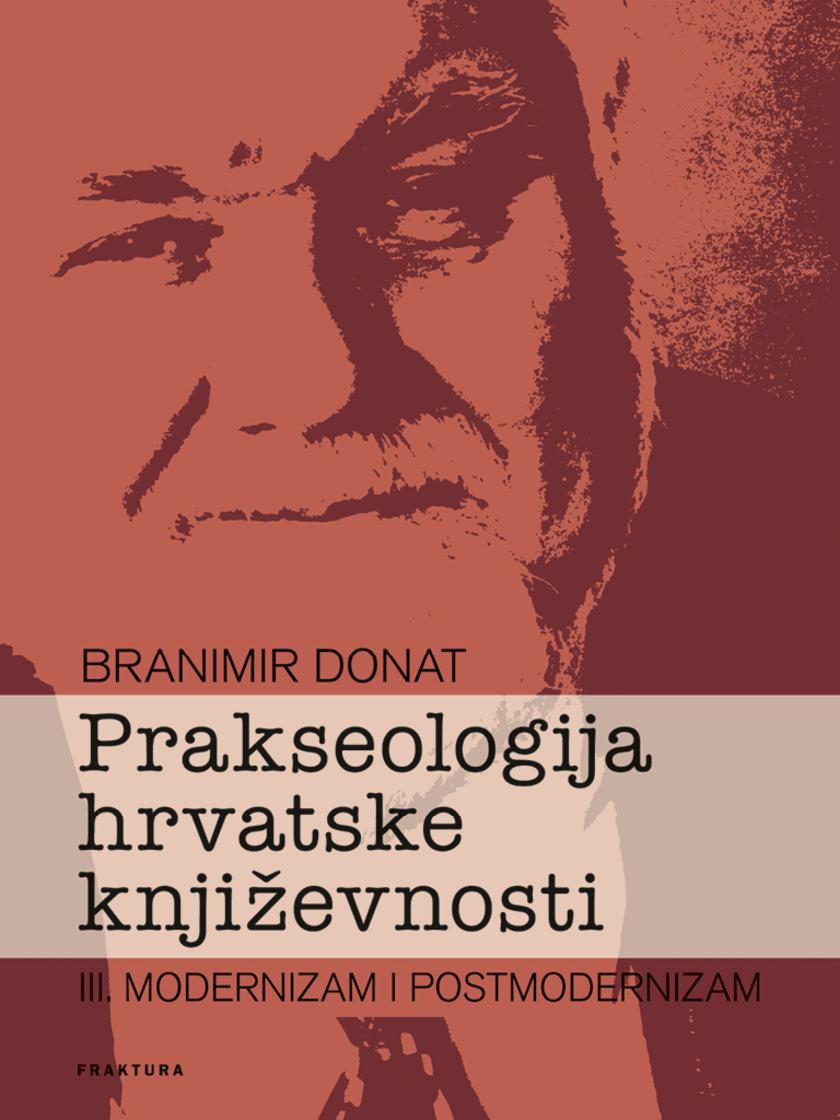
Prakseologija hrvatske knji?evnosti: Knjiga III.
¥207.99
n condiiile n care cmpul teoriilor cosmopolite contemporane se afl ntr-o permanent expansiune, lucrarea urmrete maniera n care aceast paradigm a cosmopolitismului, care nu este lipsit de anumite tensiuni i controverse, poate fi aplicat i n analiza tiinelor politice, n general, i a teoriei politice, n special. Nivelurile de analiz se refer la principiile fundamentale, noile concepte i ipotezele formulate i soluiile propuse n cadrul cosmopolitismului.


开明文库:大师的写作方法和阅读诀窍(套装共10册)
¥207.99
从上学到工作,写作都是必经的一环。如何顺畅写出文章,如何写出描写生动的文章,是每个人都会遇到的问题。 阅读不难,真正读懂一本书,却很难。当你能读懂每一本书在讲什么,为什么这么讲,写作也就如庖丁解牛般容易了。 《开明文库:大师的写作方法和阅读诀窍》(套装共10册)集合了多位语文大师的写作技巧和阅读诀窍,从提升阅读技巧,养成阅读习惯开始,用通俗易懂不枯燥的语言,手把手教我们如何从阅读入手,提升我们的文学素养,培养我们的写作能力和鉴赏水平。了解了写作的素材,写作的主题,知道怎样写作,怎样修改,如何评判文章的好坏,写作自然下笔如有神,再也不用为写作烦恼。 本套书共10本,包括:《七十二堂写作课》《好读书而求甚解:叶圣陶谈阅读》《落花水面皆文章:叶圣陶谈写作》《如何阅读一本书》《文心:别开生面的语文课》《文章例话》《文章修养》《文章作法》《作文基本功:如何写得生动有趣》《作文杂谈》。
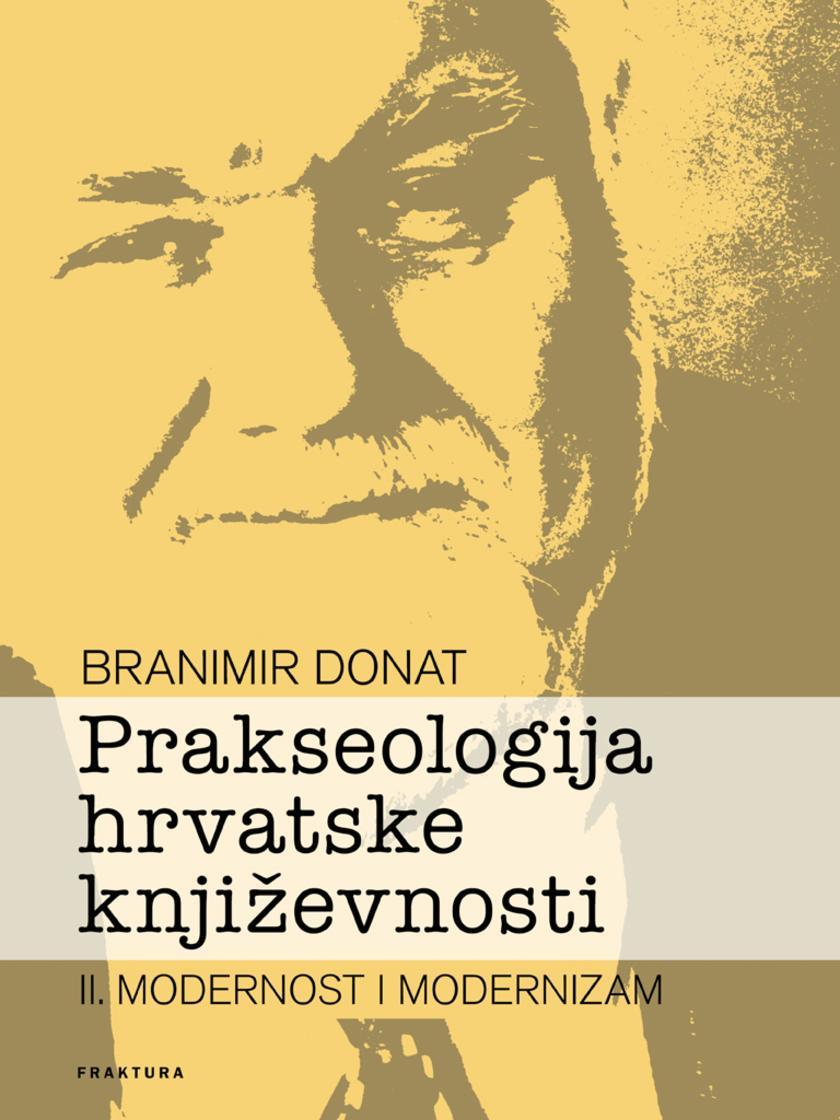
Prakseologija hrvatske knji?evnosti: Knjiga II.
¥207.99
Volumul cuprinde mai multe texte publicate ?n cotidianul Ziua ?i pe blogul autoarei, ?n perioada 2009-2014, ce surprind cu o deosebit? obiectivitate ?i luciditate, precum ?i cu un ascu?it spirit critic realit??ile cenu?ii ale vie?ii politice rom?ne?ti contemporane.

The Impeccable Host
¥207.81
The Impeccable Host is the world's first, definitive, training resource on how to Host corporate events of all types and sizes, more profitably than you ever have before. With well in excess of ?1.3 billion being spent on corporate hospitality during the year of the Olympics in the UK, a significant amount of that will be spent by businesses using the opportunity to extend corporate hospitality to their clients. However, studies have shown that most companies have no idea how to measure the effectiveness of that spend, or more importantly, how to influence it. This book guides you through tactical, interpersonal processes which any savvy Executive can manage, to improve yield from events in three key areas: 1. Customer acquisition ?2. Revenue generation ?3. Customer retention ?Throughout an extensive career as an operational manager in hotels, corporate hospitality, conferencing and events, Mark Perl has developed a deep understanding of the value of 'connection' and the tactical skills of 'networking'. In today's highly competitive marketplace, acquiring superior relationship development skills differentiates the extraordinary business professional from the ordinary. Mark demystifies the tactical processes involved in become a confident and effective relationship builder and business developer. He helps professionals to explode their self-confidence, develop profitable relationships with ease, and to win new business in a way that brings in more money, consistently, with less personal stress.

Spice
¥207.69
On a trip to Turkey as a young woman, chef Ana Sortun fell in love with the food and learned the traditions of Turkish cooking from local women. Inspired beyond measure, Sortun opened her own restaurant in Cambridge, Massachusetts, the award-winning Oleana, where she creates her own interpretations of dishes incorporating the incredible array of delicious spices and herbs used in eastern regions of the Mediterranean.In this gorgeously photographed book, Sortun shows readers how to use this philosophy of spice to create wonderful dishes in their own homes. She reveals how the artful use of spices and herbs rather than fat and cream is key to the full, rich flavors of Mediterranean cuisine -- and the way it leaves you feeling satisfied afterward. The book is organized by spice, detailing the ways certain spices complement one another and how they flavor other foods and creating in home cooks a kind of sense-memory that allows for a more intuitive use of spice in their own dishes. The more than one hundred tantalizing spice categories and recipes include:Beef Shish Kabobs with Sumac Onions and Parsley Butter Chickpea and Potato Terrine Stuffed with Pine Nuts, Spinach, Onion, and Tahini Crispy Lemon Chicken with Za’atar Golden Gazpacho with Condiments Fried Haloumi Cheese with Pear and Spiced DatesAbsolutely alive with spices and herbs, Ana Sortun’s recipes will intrigue and inspire readers everywhere.
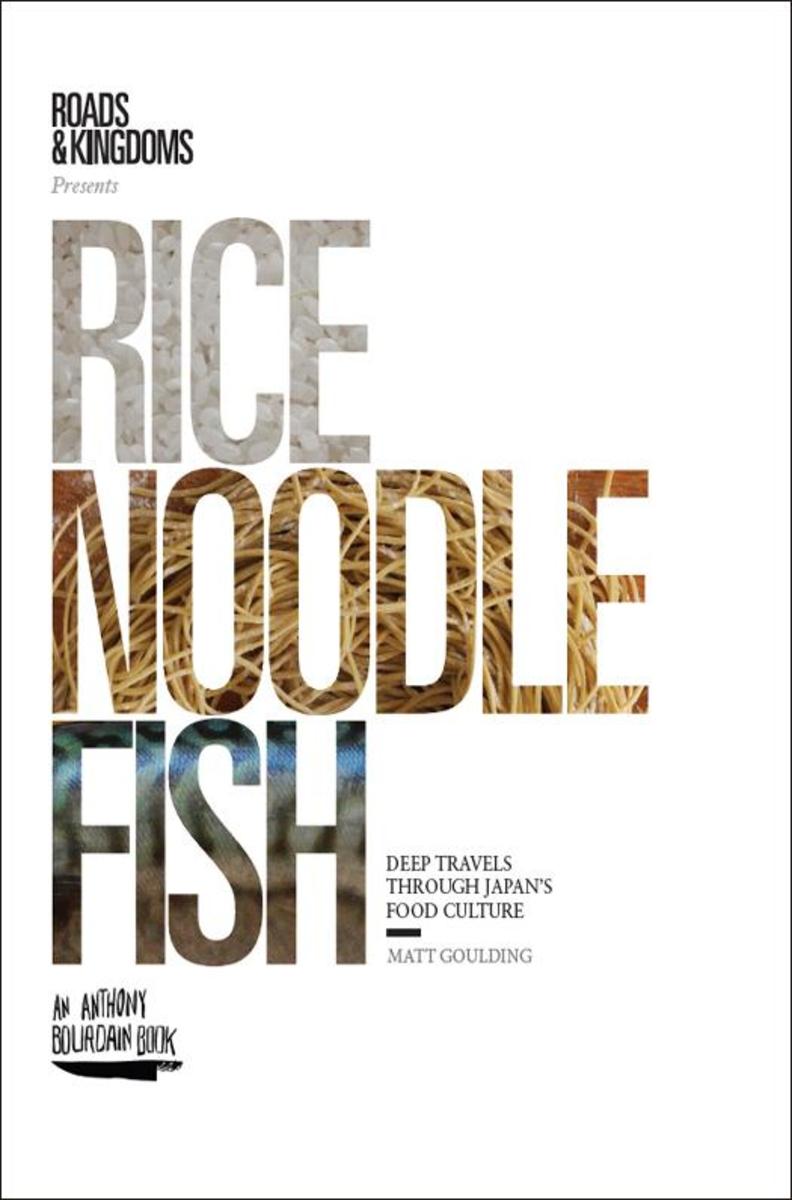
Rice, Noodle, Fish
¥207.69
An innovative new take on the travel guide, Rice, Noodle, Fish decodes Japan's extraordinary food culture through a mix of in-depth narrative and insider advice, along with 195 color photographs. In this five-thousand-mile journey through the noodle shops, tempura temples, and teahouses of Japan, Matt Goulding, co-creator of the enormously popular Eat This, Not That! book series, navigates the intersection of food, history, and culture, creating one of the most ambitious and complete books ever compiled from the Western perspective about the Japanese culinary landscape. Written in the same evocative voice that drives the award-winning magazine Roads & Kingdoms, Rice, Noodle, Fish explores Japan's most intriguing culinary disciplines in seven key regions, from the kaiseki tradition of Kyoto and the sushi masters of Tokyo to the street food of Osaka and the ramen culture of Fukuoka. You won't find hotel recommendations or bus schedules; you will find a brilliant narrative that interweaves immersive food journalism with intimate portraits of the cities and the people who shape Japan's food world. This is not your typical travel guide. Rice, Noodle, Fish is a rare blend of inspiration and information, perfect for the intrepid journeyman and armchair traveler alike. Combining literary storytelling, indispensable insider information, and world-class design and photography, the result is the first-ever guidebook for the new age of culinary tourism.




 购物车
购物车 个人中心
个人中心



